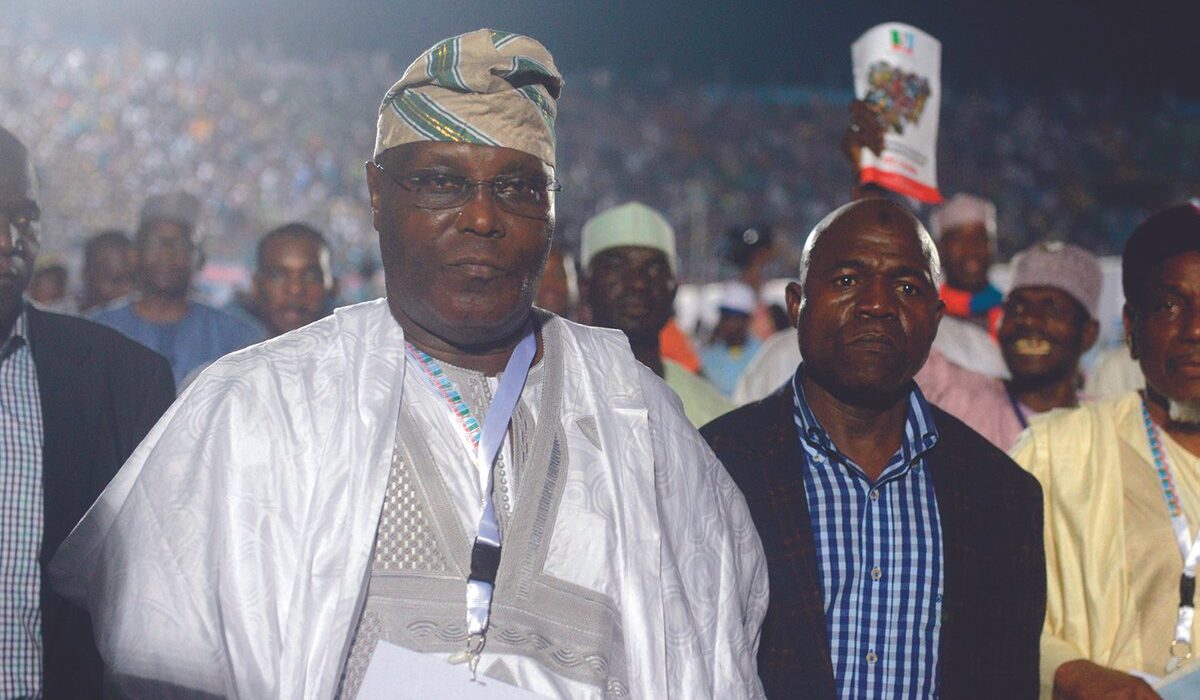On 25 February, Nigerian voters went to the polls to elect a new president. Ballots are currently being counted. A new government is set to be announced this week.
Whoever wins, the election will mark a moment of significant change for Nigeria. The outgoing president, Muhammadu Buhari, has held sway over the country’s political system for decades. He became Nigeria’s military head of state as far back as December 1983, after seizing power via a coup d’état.
But will the election mark a moment of transformation for Nigeria’s museums? Stakeholders in Nigeria’s cultural sector are unsure. Many think the general election has served to encapsulate how far behind the Nigerian state remains in comparison to the country’s private sector, which has positioned Lagos, Nigeria’s biggest city, as a global art hub.
In recent years, Nigeria’s art scene has exploded. According to ArtTactic, in 2021 the market share of auction sales for modern and contemporary West African artists—of which Nigerians play a significant role—rose from 28% to 41%. Nigeria, then, has an established foundation for a cultural sector. But will the new president seize this opportunity?
The frontrunners to replace Buhari are Atiku Abubakar, the former vice president, Bola Tinubu, the former governor of Lagos State, and Peter Obi, the former governor of Anambra who is popular with millennials.
During the election, each candidate promised to use the country’s art and culture industries to boost Nigeria’s soft power in the global community. Each spoke of the need to increase investments and generate employment in art and culture. In their manifestos, the cultural focus was largely on Afrobeats and Nollywood, the country’s music and film industries. The candidates appeared to show scant interest in outlining how the Nigerian federal government might build on the remarkable gains the private art industry has already achieved in positioning Nigeria as a significant global art centre. And no-one went into detail about how they might build a state-funded museum sector, or whether they might invest in the visual art industry at large.
Of the three frontrunners, only one—Atiku Abubakar—held a public round table with prominent members from Nigeria’s visual art sector. Dolly Kola-Balogun, the founder of the Lagos-based Retro Africa gallery, was present. She told Abubakar that Nigeria needs more public institutions, arts spaces and arts programming, and it should be written into national policy. “The federal government needs to provide more grants and subsidies that will allow state governments to be able to build more institutional portfolios,” she said.
Across Lagos, private art initiatives, residencies, foundations and new gallery openings are commonplace. “The major missing link is investment and government support,” says Ugonna Ibe, a Lagos-based curator and gallerist. “Individual agents and collectors are doing a lot to support the industry.”
But the Nigerian government has proved successful in one area: their restitution campaign. This has resulted in a number of Benin Bronzes returned, and other works reinstated or promised from institutions like the Smithsonian’s National Museum of African Art and the University of Cambridge.
A bilateral agreement between Germany and Nigeria will result in the return of over 1,130 objects. Under Abba Isa Tijani, the director general of Nigeria’s National Commission for Museums and Monuments (NCMM), the repatriation campaign will expand beyond the Benin Bronzes to include looted artefacts from other parts of the country, such as the Sokoto Caliphate.
Benin, which shares a border with Nigeria, has launched an aggressive campaign to see its artefacts restituted alongside the creation of four new museums—on contemporary Beninese art, Vodun culture and the Dahomey warriors. The country offered a taste of this last year with the exhibition Benin Art from Yesterday to Today, from Restitution to Revelation in the President’s office in Cotonou. On display were 26 royal objects pillaged from the Dahomey Kingdom’s capital of Abomey in 1892.
The anticipated return of more Nigerian artefacts has coincided with the creation of regional museums funded by local governments. The John Randle Centre for Yoruba Culture & History in Lagos state has entered into an agreement with the British Museum to show Ife bronzes, while the new Edo Museum of West African Art, in Benin City, will house returned treasures. “If the Benin Republic, a country that’s the size of a handful of states in Nigeria, can invest in museums as much as they have, Nigeria can do the same,” said Kola-Balogun.
• Listen to our interview with Dolly Kola-Balogun about the Nigerian art scene on The Week in Art podcast here

